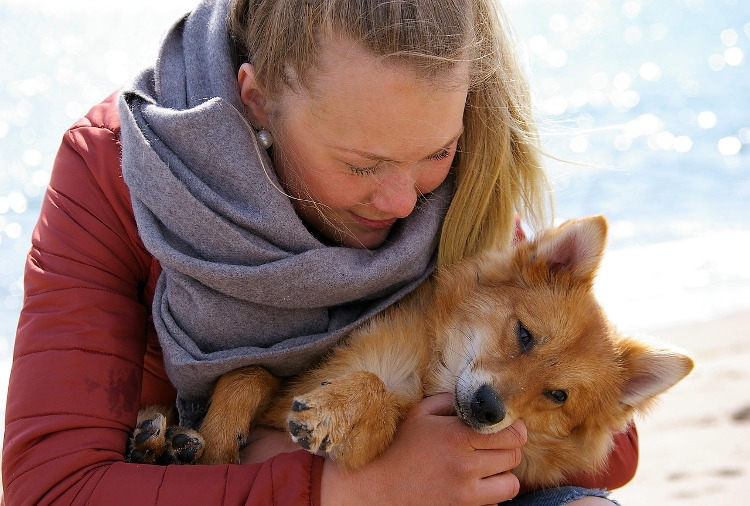![]()
Like with humans, as dogs age they are likely to develop fatty deposits and other benign (non-cancerous) lumps. However, some of these could turn out to be lumps that are not straightforward to assess. By performing a monthly “lump check” on your dog, you can keep track of their lumps and bumps. You can easily do this whenever it’s time to groom or brush your dog. Routine health checks with your veterinarian are also essential to ensure no undetected masses or lumps may be coming up under the skin.
Unusual Growths
Any new lump or bump that develops on your dog should be checked out by your vet, just to be sure. If you have discovered a lump or tumour, be sure to inform your vet of the following:
- When you noticed the lump, i.e. if it appeared suddenly, or developed slowly
- Any possible changes in shape, colour, or size
- Changes in your dog’s recent behaviour, such as appetite or energy level
- If your pet feels discomfort when you check the lump
It never hurts to ask your veterinarian to take a closer look at your dog’s lump. Your veterinarian may remove cells from the lump with a needle and look at its cellular structure under the microscope.
Sometimes your veterinarian can tell right away what it is; if not, they may submit the sample to a pathologist to look at. Based on their assessment, they may also remove all or part of the lump for biopsy, to find out what the lump is made of.
Some Common Lumps and Bumps to Be Aware of
- Fatty tumours (lipomas): These are considered to be a natural part of a dog’s aging process. They typically occur in middle-aged or older dogs, often showing up around the ribcage although they can show up anywhere. Unless the lumps cause pain or create mobility issues, no treatment is necessary.
- Sebaceous gland hyperplasia: Sebaceous glands are the oil producing glands in the skin. These glands may become quite large and show up on the surface of the skin. Sometimes mistaken for warts, these unsightly bumps actually represent a benign overgrowth or enlargement of oil producing glands in the skin. Although not harmful to your dog, they occasionally become infected or your pet may find them itchy, thus warranting their removal.
- Warts: True warts are caused by the papilloma virus, and are usually found around the mouth of puppies and young adult dogs. Typically warts will go away on their own. If your older dog develops warts, this could signal a compromised immune system. If suspected viral warts persist for more than a few weeks, or if they grow to a size any more than that of a regular wart (size of the back of a regular sized pencil), these should again be evaluated by your veterinarian to ensure their character has not changed.
If any lump grows big enough that your veterinarian is concerned about it affecting your dog’s function; or if discomfort is associated with touching the lump, it is likely time to have the lump removed and checked for its cause.
The above are common lumps noted on dogs, and are usually not concerning once the diagnosis is made. However, many, many other lumps, tumours, and even cysts (fluid-filled lumps) can affect skin of dogs. This makes it essential to not guess or ignore any masses noted on your pet, as some more concerning lumps may look exactly like the above masses. Be it a common, benign lump; an uncommon lump; or the rare concerning lump, it is essential it is tackled early to prevent health problems for your pet.
The best way to detect any abnormalities is by regularly taking care of your pooch with grooming, massaging (i.e. a lump check), combing, and brushing. Tracking their health and taking notice of anything unusual is key. Then getting them to the vet right away will help to ensure they live a happy and healthy life, with no surprises!
Creative Commons Attribution: Permission is granted to repost this article in its entirety with credit to VetDERM Clinic and a clickable link back to this page.

Dr. Andrea Lam, DVM, DACVD is a Board certified veterinary dermatologist. Dr. Lam loves learning and educating, and has trained several dermatology interns as well as dermatology residents. Her research interests include novel management strategies for the treatment of canine atopic dermatitis and applications for stem cell therapy.



 by
by